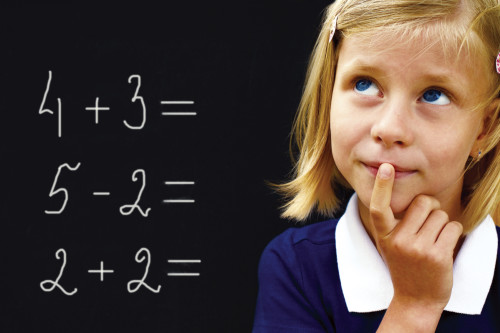Visual Learning
We are built to learn visually.
It’s simply the most effective of the five senses when it comes to learning, and it’s the sense that most successful students rely upon.
In fact, over 80% of brain function incorporates the visual system.


When an individual struggles with a functional vision problem, that individual is forced to compensate.
They do this by relying on a different, less effective sense such as auditory, or listening-based learning. And while vision therapy is extremely effective at treating the root causes of functional vision problems, it can’t always change the fact that an individual has spent his or her whole life learning via an alternative, non-visual sense. Habits are hard to break.
In other words, if you’ve always used your ears to learn, just because your functional vision is fixed doesn’t mean you’ll automatically switch over to visual learning. You’ll still “deflect” the visual learning style because it’s foreign. You need to learn how to use it. Most unsuccessful students fail due to deflected learning styles rather than lack of intellectual potential.
Fortunately, we can teach visual learning.
In fact, Minnesota Vision Therapy Center is the only clinic in the area that offers a visual learning program of this kind.
Visual learning—or the ability to bring imagery into a dominant position when processing information—is the foundation to success with social skills, reading, math, spoken and written language, and sophisticated memory. Thus, mastery of visual learning improves not only academic performance, but also how we function in everyday life.


Fortunately, we can teach visual learning.
In fact, Minnesota Vision Therapy Center is the only clinic in the area that offers a visual learning program of this kind.
Visual learning—or the ability to bring imagery into a dominant position when processing information—is the foundation to success with social skills, reading, math, spoken and written language, and sophisticated memory. Thus, mastery of visual learning improves not only academic performance, but also how we function in everyday life.




